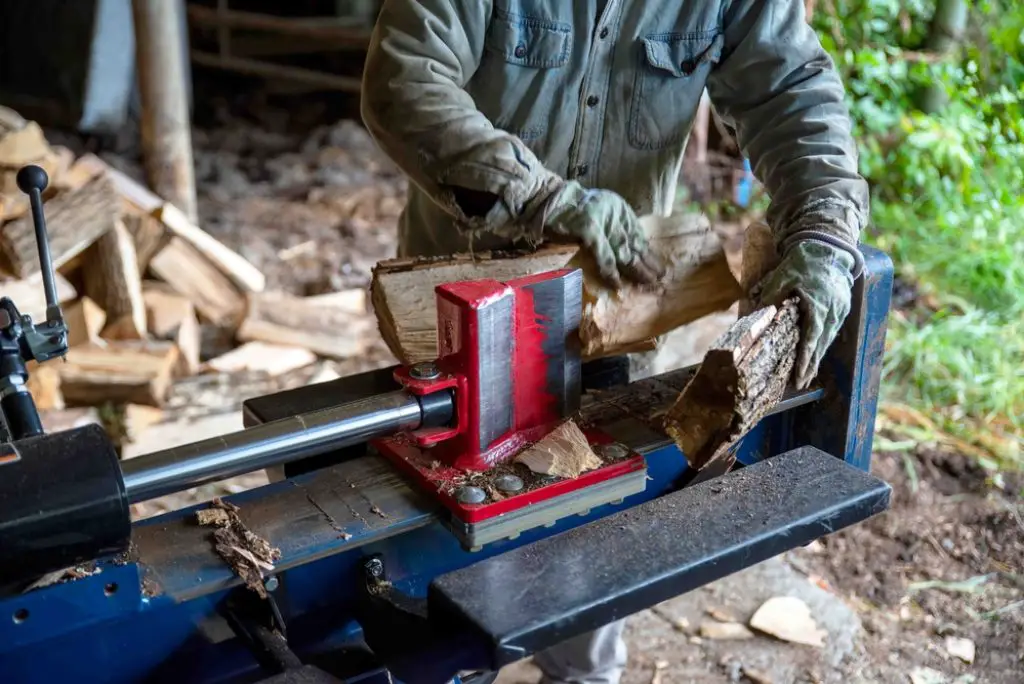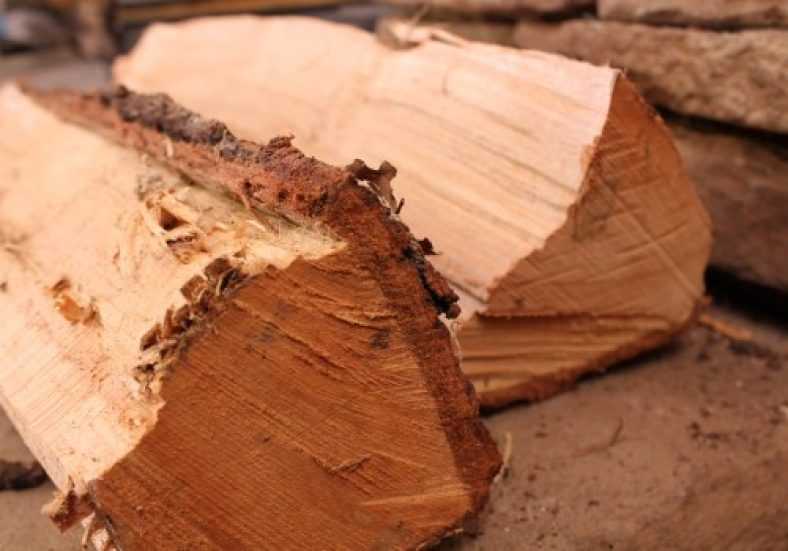As the golden hour paints the sky and you’re lookin’ at a heap of logs needing splitting, a thought might cross your mind – should you be using a log splitter vs splitting by hand?
Well now, it’s not a one-size-fits-all answer, I’m afraid. Depends on a whole host of things.
Let’s dive deeper into this, comparing the ins and outs of using a log splitter versus hand splitting.
Why It Matters
Splitting logs is essential for creating usable firewood, be it for your fireplace, campfire, or BBQ. The two primary ways of splitting logs are using a log splitter or doing it manually. Each method has its pros and cons – but there is no secret to splitting logs.
Log Splitting Methods
The Log Splitter

A log splitter is a machine that uses electricity or gas to split logs. Log splitters can be manual, requiring physical force to operate, or hydraulic, which do the heavy lifting for you.
Hand Splitting
Hand splitting is the traditional method of splitting logs. It requires an axe or a maul and some muscle power. It can be physically demanding but also rewarding.
Comparing Log Splitter and Hand Splitting
Here’s a handy table that compares log splitters and hand splitting:
| Log Splitter | Hand Splitting | |
|---|---|---|
| Efficiency | High | Low |
| Physical Effort | Low | High |
| Initial Cost | High | Low |
| Maintenance Cost | High | Low |
| Safety | High (if used correctly) | Medium (depends on technique) |
| Environmental Impact | Medium to High (depends on power source) | Low |
Safety and Environmental Impact
Both methods require safety precautions. Log splitters require proper operation and hand splitting requires good technique and protective gear.
In terms of environmental impact, hand splitting is greener because it only uses human energy. Log splitters, particularly gas-powered ones, have a higher carbon footprint.
Choosing the Right Method for Your Situation
Whether you choose a log splitter or hand splitting depends on your situation.
- Home Use: If you have a small amount of wood, hand splitting could work. For larger piles, a log splitter is more efficient.
- Professional Use: In commercial settings, a log splitter is usually better due to its speed and efficiency.
- Occasional Use: For occasional use, like camping trips, hand splitting with an axe or maul is often enough.
Tips for Both Methods – using a log splitter vs splitting by hand?
Whether you’re using a log splitter or hand splitting, there are ways to improve your efficiency. Regular maintenance of your log splitter and honing your hand splitting technique can make the process smoother and more effective.
What is the most effective way to split wood?
The most effective way to split wood largely depends on your individual needs and resources. If efficiency and time-saving are paramount, using a hydraulic log splitter is often the most effective. It leverages mechanical force to split logs, requiring less physical exertion. However, for occasional use, smaller quantities, or to enjoy the traditional art of wood splitting, manual splitting using a maul or an axe can be equally effective.
Is a manual log splitter worth it?
The worth of a manual log splitter is contingent upon your specific requirements. Manual log splitters, compared to hydraulic ones, are less expensive, require no fuel, and are more portable. They are a good choice for those who don’t frequently need to split large volumes of wood, who value the physical exercise, or who want a quieter, more eco-friendly option. But, if you regularly deal with substantial amounts of hardwood, the speed and efficiency of an hydraulic or gas-powered splitter may justify its cost.
Is it hard to split wood by hand?
Splitting wood by hand can indeed be a challenging task, especially for beginners. It requires physical strength, endurance, and proper technique to be done efficiently and safely. However, like any skill, the difficulty decreases with practice and improved technique. Furthermore, using the right tools – like a well-balanced splitting axe or maul – can significantly reduce the hardship of the task.
What is the best way to split logs by hand?
The best way to split logs by hand is by following proper technique and safety precautions. Here’s a simple guide:
Select the right tool: A splitting axe or a maul is typically used for this task. These tools are designed with a wider edge to help split the wood fiber.
Position the log: Place the log you want to split on a sturdy, flat surface. An old tree stump is often used.
Aim for the edges: Rather than aiming for the center, aim for the edges of the log. Hitting at the edge often causes the log to split more easily.
Use the right technique: Stand with your feet shoulder-width apart. Hold the handle of the tool with both hands – one near the top of the handle and the other at the bottom. Lift the tool over your head and bring it down in a swift, controlled motion.
Safety first: Always wear safety glasses and sturdy boots. Be aware of your surroundings to ensure that people and pets are at a safe distance. Remember, like any physical skill, proficiency comes with practice. Start with smaller logs and work your way up as you gain confidence and skill.
Final Thoughts
Choosing between using a log splitter vs splitting by hand is all about assessing your needs. Both methods have their place, and both can be effective when used properly. As long as you prioritize safety and efficiency, you can’t go wrong.
Further Reading and Resources
Want to learn more about log splitting? There are plenty of resources online, including forums, instructional videos, and training courses. The world of log splitting is wide open for exploration.
Enjoy the journey!




